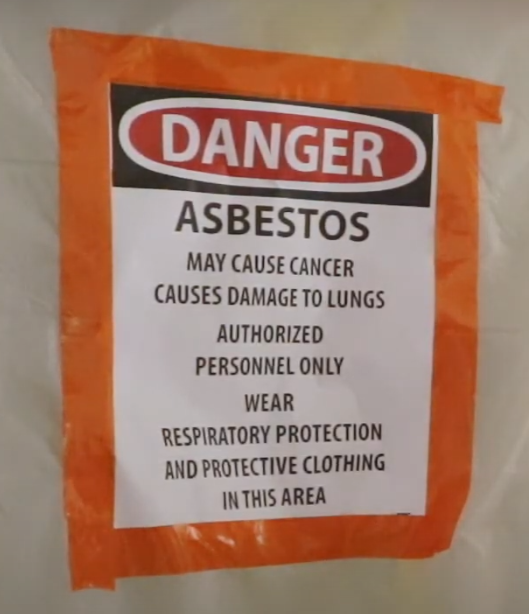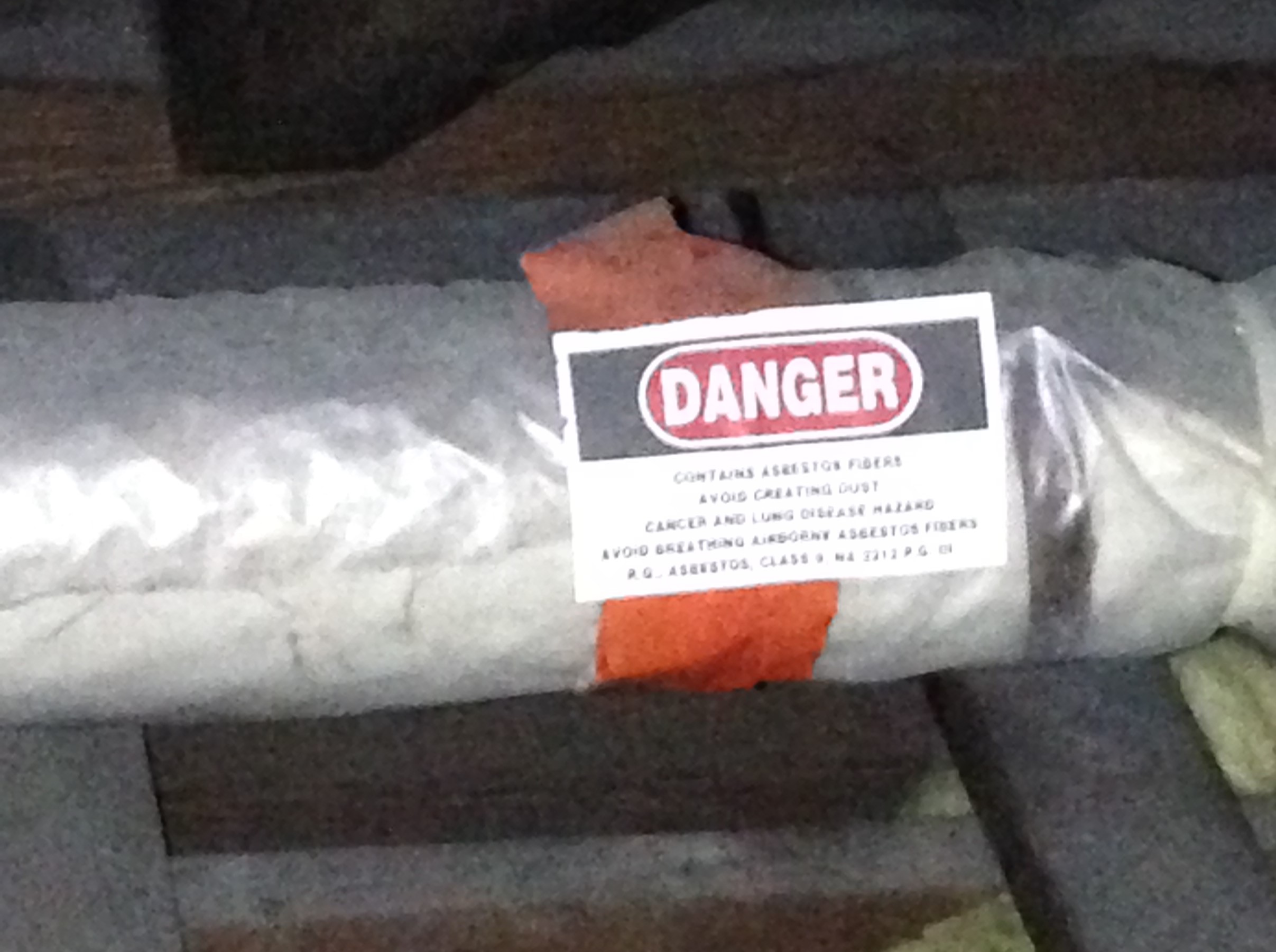By: Rebecca Otte | Mar 15, 2021

Asbestos is a common environmental concern at Brownfield sites but can be readily managed and addressed to facilitate redevelopment. Asbestos’s strength and heat-resistance made it widely used in building construction, especially prior to 1990. (It is still incorporated into materials today but not to the same extent.) Asbestos can be found in concrete, floor tile, piping, vinyl, joint compounds, adhesives and other building materials. A good product for insulation and fireproofing, other uses included fireproof doors, laboratory countertops, and pipe and duct insulation. In addition, asbestos tailings from manufacturing facilities in Louisiana were used as fill material in yards, driveways and vacant lots and can be found buried on Brownfield sites. As time went on, it was discovered that asbestos becomes a health hazard when it breaks apart or is damaged (e.g. becomes “friable”) and small fibers are released into the air that can then be inhaled, posing a human health risk. As a result, the Environmental Protection Agency requires that asbestos in buildings be identified and properly managed, especially prior to renovation and demolition activities or when buried asbestos will be disturbed during construction (e.g. during site grading or when installing pilings or utility conduits).
Before renovating or demolishing a building, an LDEQ-accredited asbestos inspector should look through the entire building to see what materials might have asbestos. Materials that are suspected of containing asbestos can be assumed to contain asbestos (and addressed accordingly) or samples can be collected to determine if asbestos is present. If asbestos is found or assumed, an abatement plan is developed on how to address the asbestos to ensure that it doesn’t create a health hazard during the renovation/ demolition or in the future reuse of the site. A licensed asbestos contractor carries out the abatement plan, making sure the material is properly managed in its removal, transportation and final disposal to ensure asbestos fibers are not released into the environment. Air monitoring is conducted to ensure that fibers are not being released during abatement activities. Asbestos that is in good condition, properly encapsulated, and will not be disturbed as part of the redevelopment may be left in place with an appropriate monitoring plan to ensure that the material does not become friable in the future.
It is much easier to address asbestos and remove it prior to demolition/ renovation rather than deal with the consequences of spreading the asbestos material over the demolition/renovation site and/or sending it to the wrong disposal facility. Once the asbestos containing material is spread out, all the material it covers is considered contaminated and will need to be dealt with as asbestos containing material, greatly increasing the cost of the abatement. This can also result in exposing the community to asbestos fibers, LDEQ fines and penalties, and ineligibility for Brownfield cleanup assistance.

Lesson learned: Every room and area should be inspected. One recent LDEQ Brownfield site resulted from a demolition of a structure where the asbestos inspector looked through the building with the exception of one room that had a locked door. Instead of taking measures to access the room, the owner went forward with the demolition. As it turns out, the room had asbestos containing flooring material which was then spread across the site, a costly mistake. Don’t let this happen to you! Be sure your inspector has full access to all areas of your site for a complete inspection. Also notify them if additional suspect material is discovered during the renovation/ demolition to make sure it’s addressed properly.
EPA’s and DEQ’s Brownfield Programs as well as Local Brownfield Programs may be able to provide environmental assessments and cleanup plans to address asbestos. In addition, Brownfield cleanup funding (grants and loans) may be available to assist with the abatement. If you suspect that your Brownfield site may involve asbestos, contact the LDEQ Brownfields Team to determine if assistance is available for your project.
Interested in learning more?
Check out the LDEQ’s Asbestos page which includes an informational video by Dwight Bradshaw with DEQ’s Surveillance Division as well as links to databases of LDEQ-certified inspectors and contractors: https://www.deq.louisiana.gov/page/asbestos-accreditation-and-notification-forms
Watch the LDEQ’s Brownfield Program’s Asbestos workshop from the 2020 Louisiana Brownfield Conference which features Davina Witte with DEQ’s Surveillance Division and Jennifer Schatzle, DEQ’s Brownfield Technical Liaison: https://www.youtube.com/watch?v=ZckFlACOYyY.



